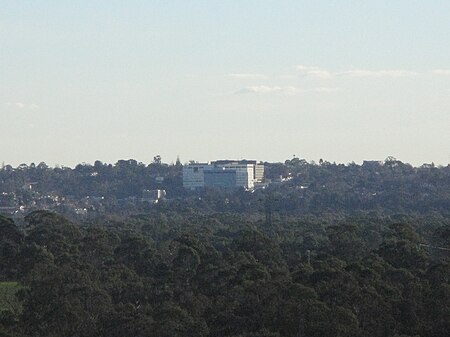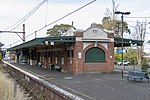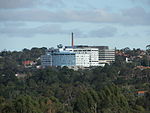Heidelberg, Victoria
Heidelberg, VictoriaSuburbs of MelbourneSuburbs of the City of BanyuleUse Australian English from August 2019

Heidelberg is a suburb of Melbourne, Victoria, Australia, 11 kilometres (7 mi) northeast of Melbourne's central business district, located within the City of Banyule local government area. Heidelberg recorded a population of 7,360 at the 2021 census.Once a large town on Melbourne's outskirts, Heidelberg was absorbed into Melbourne as part of the latter's northward expansion after World War II. Heidelberg once had its own historic central business district including its own municipality in the former City of Heidelberg. Heidelberg lends its name to the Heidelberg School, an impressionist art movement that developed in and around the town in the late 19th-century.
Excerpt from the Wikipedia article Heidelberg, Victoria (License: CC BY-SA 3.0, Authors, Images).Heidelberg, Victoria
Rosanna Road, Melbourne Heidelberg
Geographical coordinates (GPS) Address Nearby Places Show on map
Geographical coordinates (GPS)
| Latitude | Longitude |
|---|---|
| N -37.752 ° | E 145.07 ° |
Address
Rosanna Road 75
3084 Melbourne, Heidelberg
Victoria, Australia
Open on Google Maps




